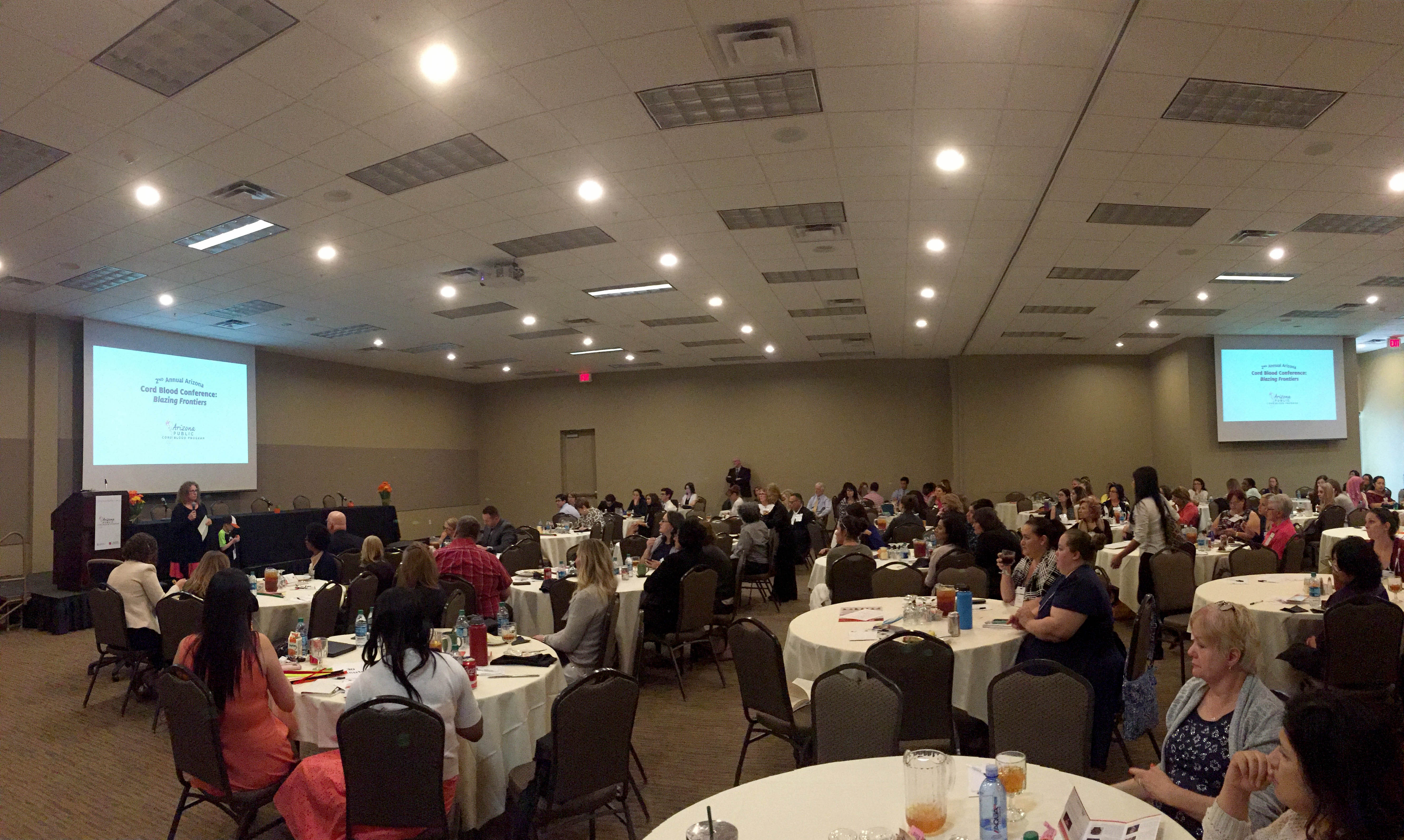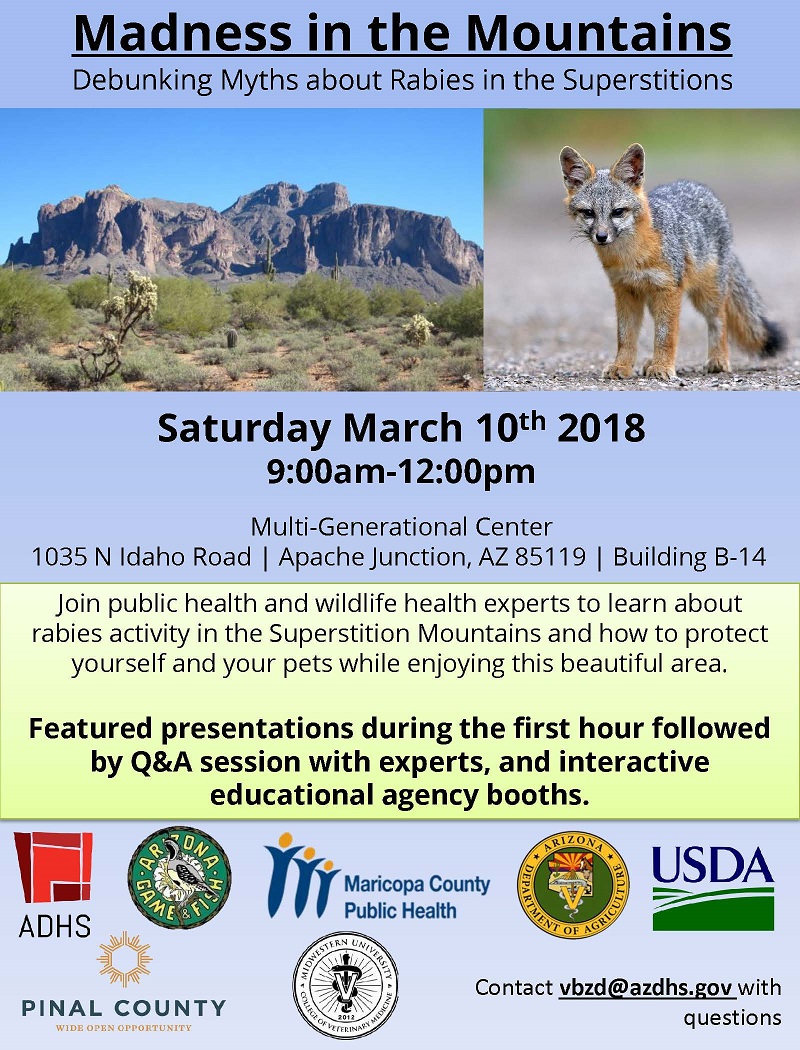 On April 13, the Arizona Biomedical Research Commission and the University of Arizona College of Medicine in Phoenix held the Second Annual Arizona Cord Blood Conference: Blazing Frontiers.
On April 13, the Arizona Biomedical Research Commission and the University of Arizona College of Medicine in Phoenix held the Second Annual Arizona Cord Blood Conference: Blazing Frontiers.
The Arizona Public Cord Blood Program was created to advance the collection of and increase the number of cord blood units available for transplantation. Umbilical cord blood, which contains blood-forming cells that are also found in bone marrow, is collected from the placenta and umbilical cord after a baby is born. In the past cord blood was thrown away, but today can be collected, stored, and used in transplants for patients that have certain genetic or life-threatening diseases including cancer such as leukemia, bone marrow failure like aplastic anemia, and congenital conditions like Severe Combined Immunodeficiency.
The conference featured nationally recognized experts in the field of cord blood clinical practice and research. The conference included educational sessions tailored to all levels of interest and knowledge. Health care practitioners, researchers, educators, policy-makers, expectant parents, students, and the general public were invited to learn about topics that included challenges facing cord blood collection, hands on training to improve collection and quality, reaching diverse populations, why diversity in cord blood collection is important, advances in cord blood research, and clinical application of new information. The conference also included survivors and families who shared their stories about how cord blood has saved lives, including Dylan Praskins. Presenter slides from the conference will be posted online.
The Arizona Biomedical Research Commission was first established in 1994 as the Arizona Disease Control Research Commission. Its mission was to fund research focused on diseases and health issues that impact the residents of Arizona. The Commission’s initiatives are guided by input from leaders and professionals from Arizona’s universities, nonprofit research institutions, hospitals and medical centers, and patient advocacy groups.











